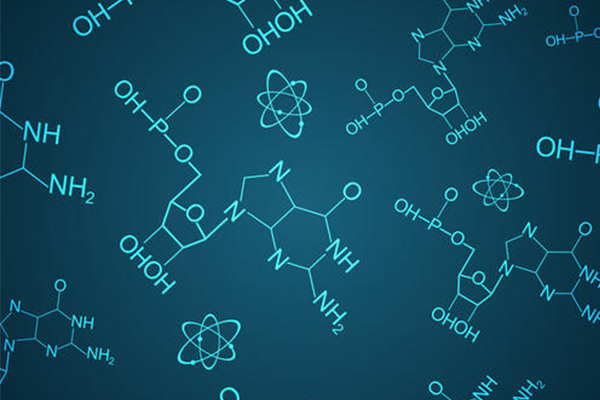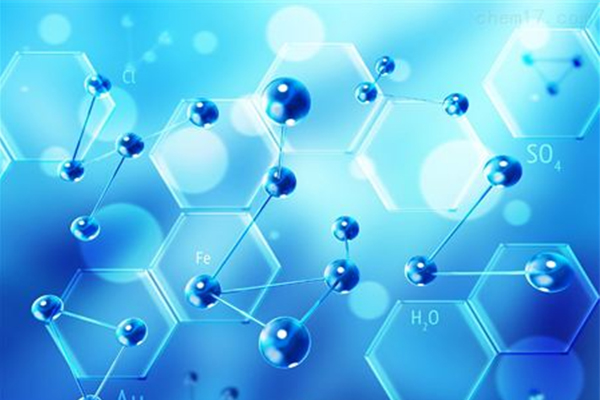
在考试前的这段时间内,我们给大家搜集了一些常考的AP生物实验考点,希望大家都能够抓住这最后的时间,好好复习,争取拿高分。

Investigation1: Artificial Selection(人工选择和自然选择及选择的类型)
Evolution Lab- simulation showing how organisms evolve over time in response to environmental conditions
Natural Selection- another simulation showing wolf and rabbit populations
Sex and Single Guppy- simulation that examines sexual selection
Investigation2: Mathematical Modeling(哈迪-温伯格平衡-稳定种群的特征)
Hardy Weinberg Presentation: Count individuals and use the HW equation to determine allele frequencies.
Investigation3: Comparing DNA Sequences to Understand Evolutionary Relationships with Blast(进化的证据:DNA序列的对比)
Constructing Cladogram-drawings are used toinfer relationships and create a cladogram.
Investigation4:Diffusion and Osmosis(扩散和渗透)
Diffusion and Osmosis-a modified version of the lab, measure mass change in sucrose dialysis tubes and calculate water potential.
Diffusion Lab-very simple observation lab that shows the movement of iodine through a bag, using cornstarch as an indicator.
Investigation5: Photosynthesis(光合作用)
Photosynthesis simulation- change light intensity and wavelength and compare the amount of ATP produced.
Investigation6:Cellular respiration(细胞呼吸作用)
Cellular Respiration- modified AP lab, uses respirometers to measure oxygen consumption.

Investigation7:Cell Division: Mitosis and Meiosis(细胞分裂:有丝分裂和减数分裂)
Modeling Chromosomal Inheritance -using beads and pipe cleaners to show how genes are passed from parents to offspring.
Investigation8: Biotechnology: Bacterial Transformation(生物工程)
Recombinant DNA Simulation - using paper to model how restriction enzymes can be used to modify DNA
Investigation9: Biotechnology: restriction Enzyme Analysis of DNA
DMD Electrophoresis Lab - uses electrophoresis to analyze DNA samples from a family to determine who are carries of duchenne muscular dystrophy
Investigation10:Energy Dynamics(生物的能量流动)
Build an Ecosystem - grown plants and snails in jars and record changes in levelsof CO2 by using BTB as an indicator.
Virtual Lab:Population Biology - observe the competitive exclusion principle in populations of paramecium.
Investigation11: Transpiration (植物的蒸腾作用)
AP Lab - Transpiration - using seedlings and plastic bags, measure the rate at which water is lost in different conditions.
Investigation12:Fruit Fly Behavior(遗传-果蝇实验)
Isopod Behavior Lab - uses ispods(rollypollys) to investigate animal behavior.
Investigation13:Enzyme Activity(酶的催化作用)
Enzyme Lab - Using liver and hydrogen peroxide, observe enzyme actions in a variety of conditions (temperature,acidity).
AP生物其实是一门很性价比很高的国际课程,如果你发挥理想,可以在许多美国高效换到8个乃至更多的学分。因此大家一定要以为理想分为目标努力啊,如果现在的你离这个目标还有一段距离,点击报名【唯寻AP同步培训班】,牛剑G5精英教学团队,定制国际课程同步辅导,精准复习不走弯路。

点击
AP生物五分率分析 看看对照这些AP生物知识点你拿理想分的障碍在哪里
查看。

学习有方法,成长看得见
筑梦牛剑/G5/常春藤
